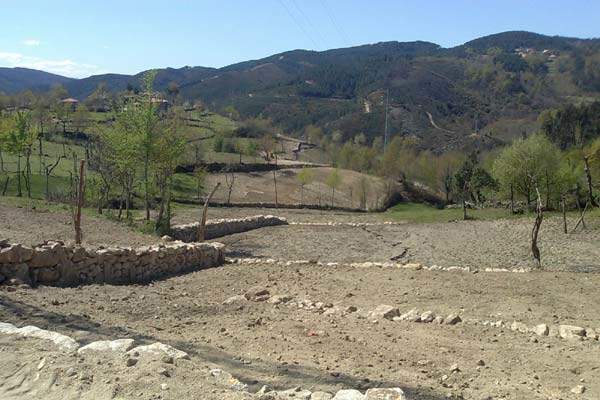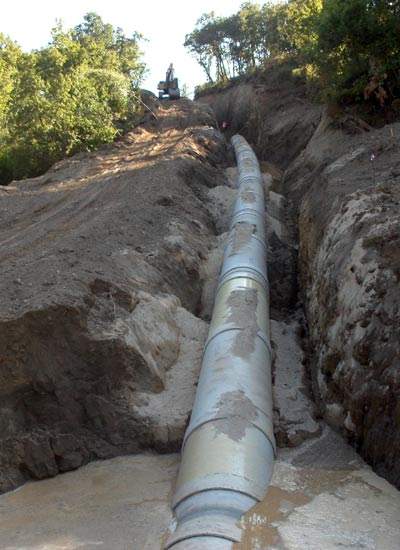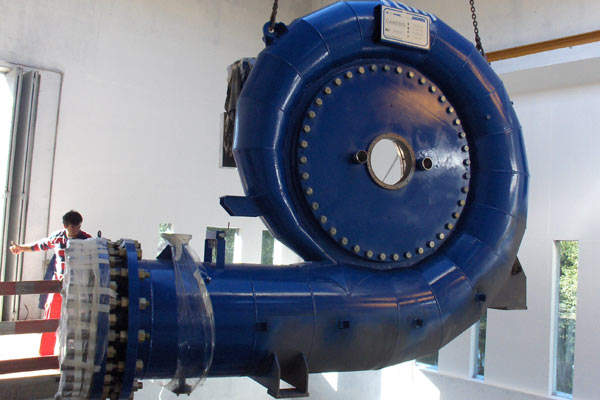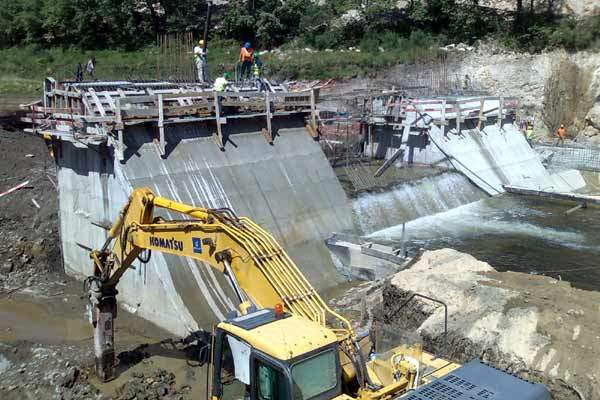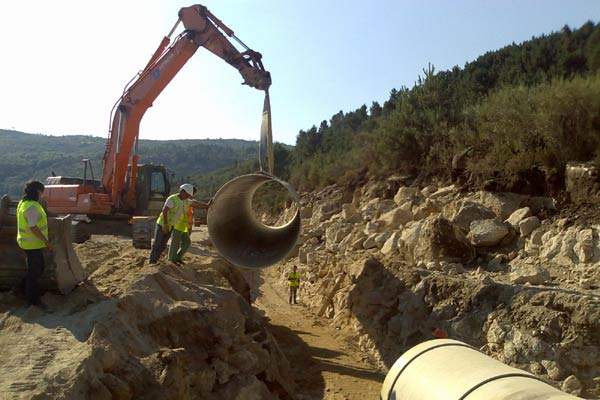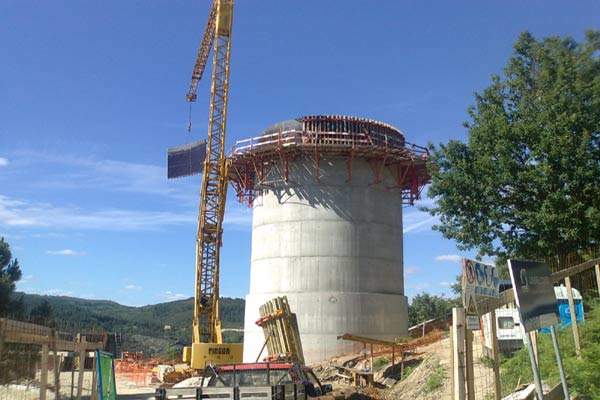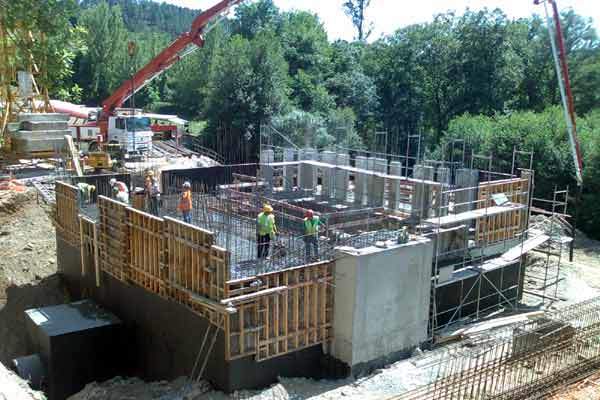The Canedo Hydro Plant is a mini hydraulic power plant developed on the Beca River, located in the district of Braganca, Trás-os-Montes, Portugal. Owned by Candedo and operated by Hidrocentrais Reunidas / RP Global Portugal, the construction of the power plant began in February 2008. It went online in December 2008.
The installed power capacity of Canedo is 10MW. On average it supplies 28GW of clean electricity per hour for the national grid. In October 2009, the plant was selected for the International Water Power and Dam Construction’s (IWP&DC) first Small Hydro Award.
Canedo hydro plant history
Studies on the Canedo project began in 1992, and since 1993, it has had an old water licence. In 2002, work on the plant stopped as concerns were raised about the safety of marine life in the Beca River. As a result, a flap gate was installed in late 2002 at the dam crest to reduce the impact on the fish farm located in the vicinity.
A new or reformulated technical and economical feasibility study (TEFS) and an environmental impact study were executed and delivered in 2003. The study found that the reservoir has a low storage capacity and maximum operational level. The low storage capacity meant that the project would not affect marine life / fish farms.
The studies executed in 2003 were issued for public consultation and received many concerns from irrigation associations. A negotiation process, involving many more studies, was carried out to address the concerns.
In August 2006, the negotiations were concluded with publication of the project’s Declaration of Public Interest. A concession contract, which included the construction licence, was approved in 2008.
Hydro plant details
The Canedo Hydro Plant was designed by Aqualogus and incorporates a dam, a low-pressure circuit, a 24.5m surge tank, a DN1500/1400 steel penstock and a powerhouse. Aqualogus has also carried out a feasibility study of the power plant.
Canedo’s powerhouse is located close to a river beach and has a horizontal Francis turbine and generator. The plant includes a 36.9m dam spillway, which has five blocks – two of which are extreme blocks of 4.3m, and three are core blocks of 9.3m.
The crest length of the gravity dam section is 92m and 14.8m above the dam foundations. The dam extends the length of the bridge, which is over the spillway. Its intake and bottom outlets are on the left side, and on the right river bank, it has a reserved flow outlet and a 80m long fish pass. The surge structure is cylindrical concrete with a 11m internal diameter.
The maximum storage capacity of the dam is optimised during the daytime as the tariff is more, and is minimised in the evening. The net head of the plant is 226m. It has a turbine flow of 5.4m³/sec.
Hydro plant technology
Canedo is a completely automated and remote-controlled power plant, which can be operated from the dispatch centre. The plant also has a GSM-based remote alarm system.
The dispatch centre evaluates any changes in the incoming water flow and carries out changes to the setting adjustments. To ensure high efficiency, the parameters – including the previous day’s operation, actual water level and storage capacity of the dam, are processed and updated.
Hydro plant construction
The construction of the plant was completed in ten months. Contracts were awarded for civil works, pipeline installation and electrical installations, while supply contracts included the supply of turbines, generators, hydro-mechanical equipment and pipes.
In February 2008, the construction of the dam began and included works such as the building of a rural alleyway. The alleyway provided access for the earthworks machinery. A new, small earthfill was constructed to divert the water flow to a narrow channel on the right side of the river.
The dam was constructed on a solid granite foundation, with concrete layers of 1.5m laid as part of this, under the roller bucket.
A structure with four orifices was designed and implanted upstream of the dam to ensure continuous operation of fish farm. In addition, electrically guided sluice gates were constructed to automatically control the orifices and the water flow in the reservoir.
Powerhouse construction
Canedo’s powerhouse is a two-floored, cubical concrete structure with a basement and a ground floor. The basement area is installed with electrical equipment while the ground floor is installed with control rooms. The design includes a group of windows on riverside façade.
The construction of the powerhouse was completed in mid-September 2008, as well as the turbine. The generator was installed in October 2008. The low-pressure pipelines / circuits DN1800/1600, 3,680m in length, were installed during July 2008.
The surge tank, which is 22.55m high and has a diameter of 11m, was the plant’s first concrete structure to be completed. The first 9m wall of the tank was constructed with a thickness of 0.6m, with the remaining 13.55m wall constructed with a thickness of 0.3m.
Each joint in the tank was embedded with a water-stop, and precast concrete beams and roof slabs were used to construct the roof structure.
The installation of the penstock began in July 2008. The pies were transported to the site via two newly constructed access roads, with the use of a hydraulic excavator.
Environmentally friendly green plant
The Canedo Hydro Plant generates clean electricity by reducing 16,500t of CO2 emissions.
Two environmental impact assessments were carried out during the preliminary stage and after the conclusion of the design. The assessment carried out after the design completion examined whether the amendments in the project design, mitigation procedures and the other environmental issues identified in first phase had been properly included in the final design.
Measures to mitigate the impact on marine life were implemented by constructing a fish passage. The preservation of species and habitats constituted a study of an ecological stream flow regime, which accompanied this environmental approach.
In addition, an environmental programme has been put in place to monitor the water quality, flora and vegetation, fish fauna and riparian fauna, with emphasis on the White-throated Dipper, otter and Pyrenean Desman.

